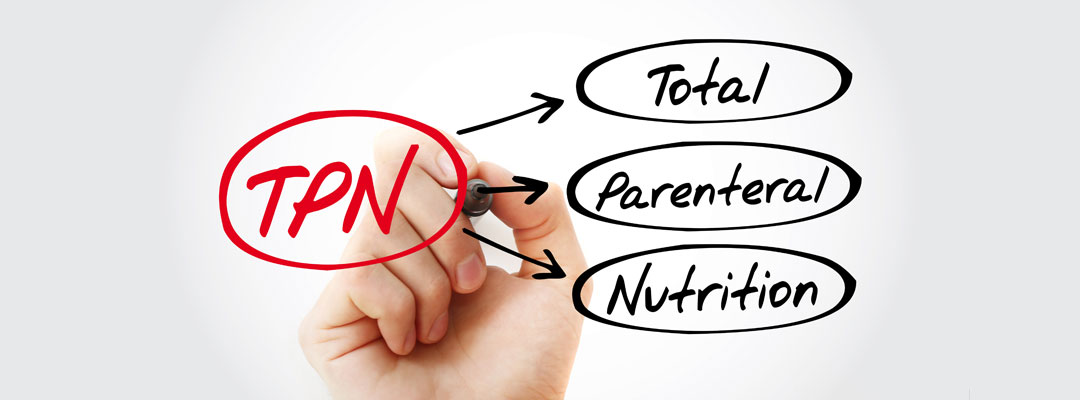Parenteral nutrition (PN) has been used to help patients with intestinal failure receive appropriate nutrition for over four decades. During that time, many advances in medical knowledge and technology have significantly increased the number of patients using PN in their homes, often using ambulatory infusion pumps such as the CURLIN 6000. While the nutritional benefits of home parenteral nutrition (HPN) have been well documented, there are still concerns with physical and social limitations that accompany this therapy, including a reduction in the the patient’s quality of life (QoL).
In a 2019 study published in the Journal of the Canadian Association of Gastroenterology, researchers wanted to determine how transitioning from hospital-based Parenteral Nutrition to Home Parenteral Nutrition (HPN) affected patients’ anxiety, depression, and quality of life. The study looked at 29 patients, 15 of which also had an underlying malignancy. At baseline, 93% of the patients with an underlying malignancy reported depression or anxiety or both, while of those patients without malignancy 60% reported experiencing anxiety and 40% depression.
To capture changes in patients’ anxiety, depression, and quality of life, questionnaires were completed by 21 patients after one month on HPN and 15 patients after three months of HPN. These questionnaires found that both anxiety and depression scores decreased significantly after one month of HPN therapy, though this decrease was not sustained at the three month follow-up. When looking at the subgroup of patients with underlying malignancy, researchers found that after one month of HPN, anxiety and depression decreased significantly, and the effect was sustained at three months of HPN.
Additionally, after one month, researchers discovered that the health-related quality of life scores and physical health scores of both patients with and without malignancy showed significant improvement. This improvement was observed in physical functioning, bodily pain, vitality, social functioning, and mental health scores. And more importantly, these improved scores were found to persist even at the three-month mark.
Based on these results, the researchers were able to conclude that the transfer of PN treatments from the hospital to the home setting was associated with improved patient outcomes, including a decrease in depression and anxiety and an increase in overall quality of life. Additionally, researchers noted that the beneficial effect of HPN is more evident in those with underlying malignancy, suggesting that improved nutrition delivery may confer some benefit at the end of life.
As the industry leader in home infusion technology, the CURLIN 6000 by Moog provides patients the freedom and flexibility of receiving their infusions at home. Its unique design ensures that fluid and medication are delivered precisely as prescribed, which is especially important when delivering TPN therapy. Learn more about CURLIN’s unique design and how it can impact TPN delivery.
Study Link: https://academic.oup.com/jcag/article/2/4/178/5069370

Ryan O'Reilly
Ryan O'Reilly is the Product Marketing Manager for Moog's IV Infusion business. Ryan received his BS in Strategic Communications from the University of Utah in 2014 and his MBA from Westminster College in 2021. Ryan has worked in various industries including med device, healthcare, and software. Outside of work, Ryan enjoys reading and cheering on the Utah Jazz.
